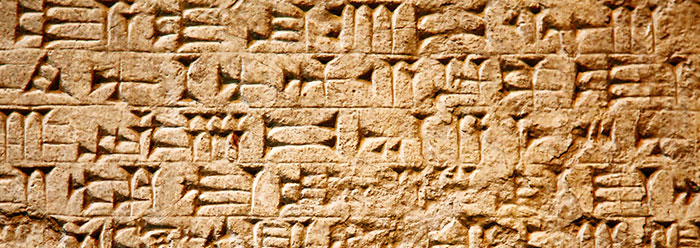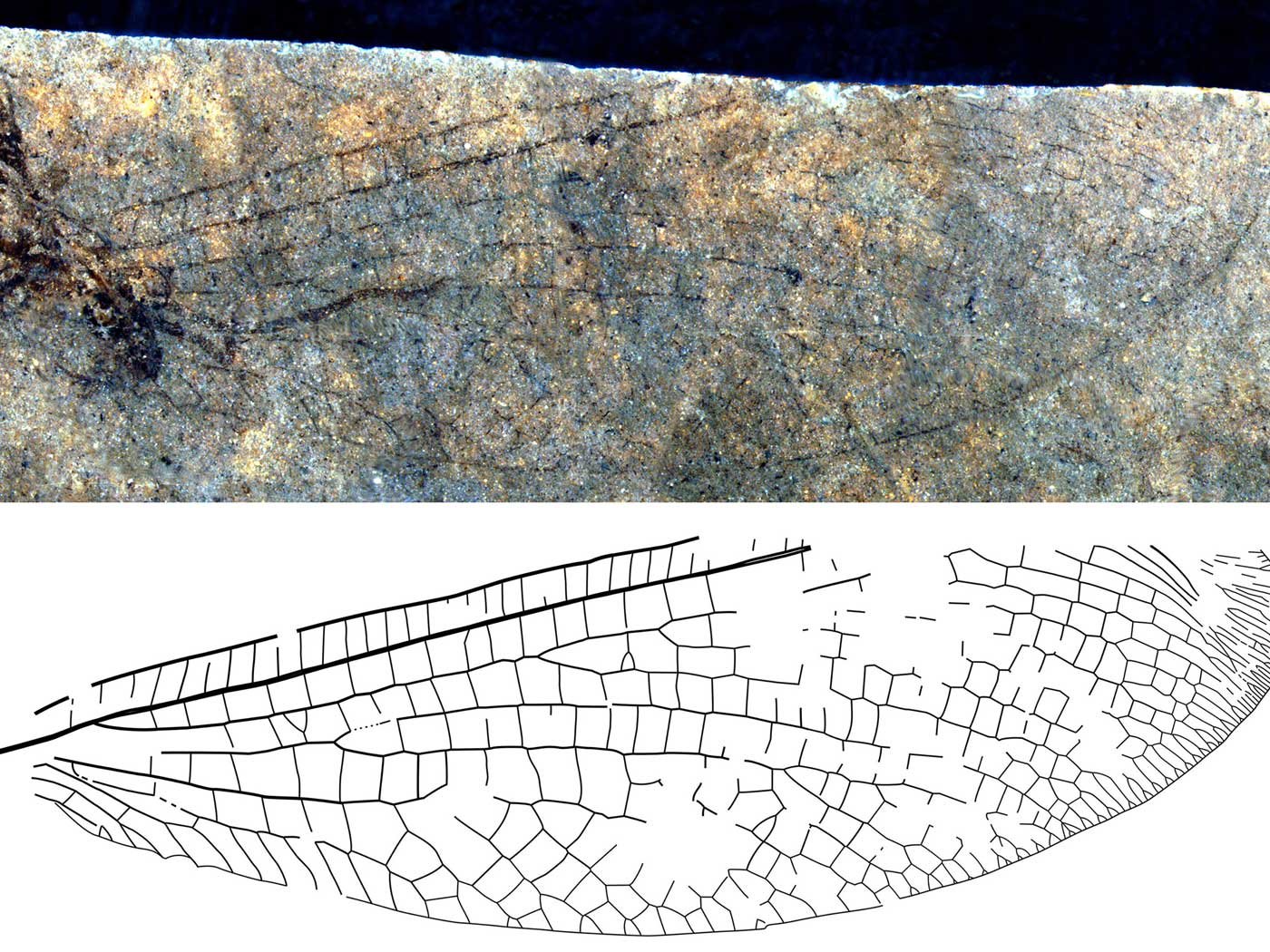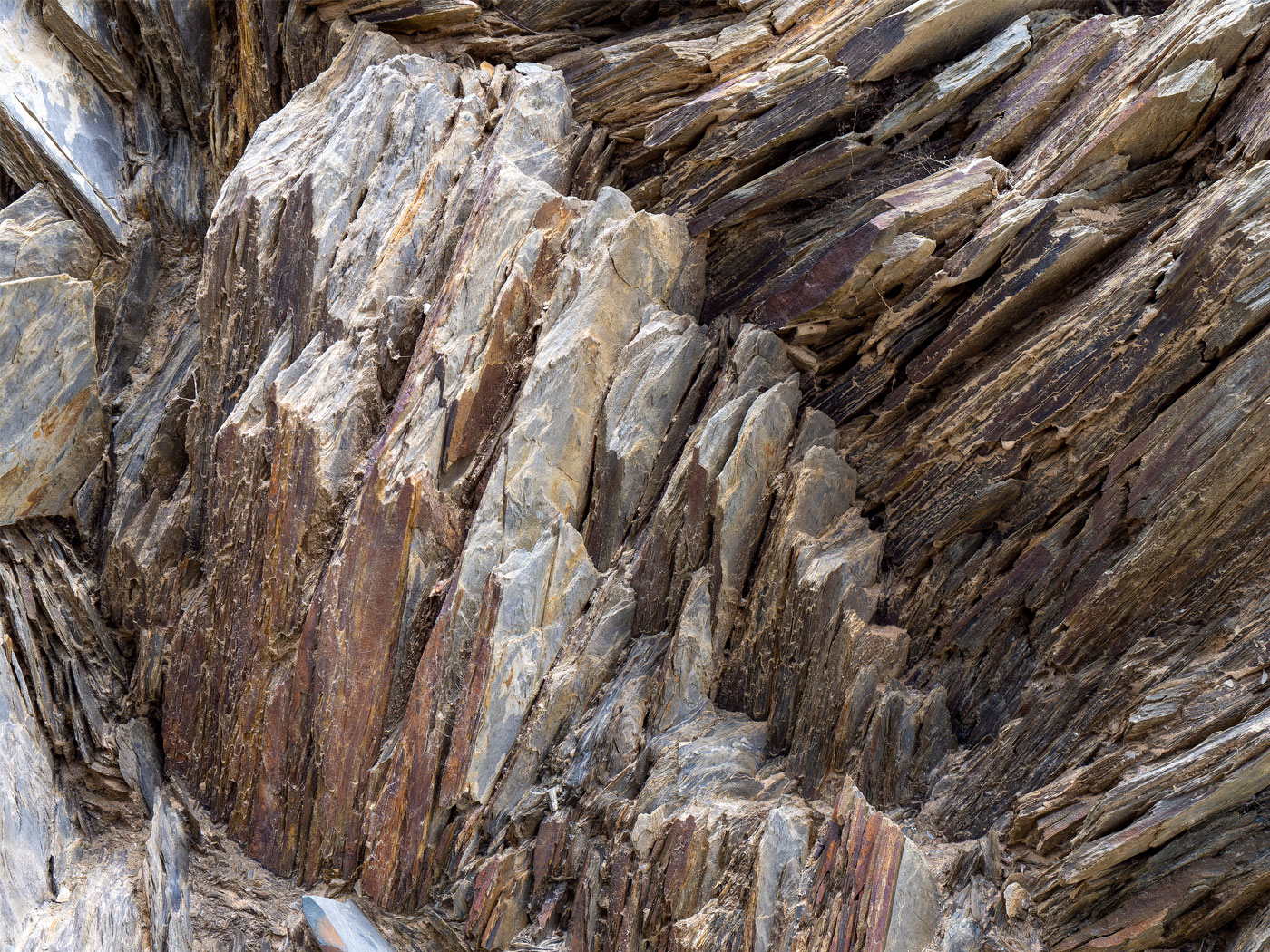News emerged in 2010 that Irving Finkel, a cuneiform expert at the British Museum, had translated an ancient tablet describing Noah’s Ark as round and built of reeds.1 Now, Finkel is publishing a book on the find, and news reports again assert the tired tale that the Bible’s authors borrowed a Babylonian flood tale like the one on this tablet and modified it into their “story” of Noah.2 Babylonian or biblical, round or rectangular—which Ark story stays afloat?
The Finkel tablet specifies a two-story, disc-shaped vessel with a 220-foot diameter. This floating saucer was supposedly made of reeds tied with reams of ropes and covered with bitumen—perhaps a natural tar-like substance—for waterproofing. An earlier Creation Science Update noted that such a floppy tub would hardly have been as seaworthy as the wooden, barge-like vessel depicted in the Bible.3
Then in 2012, British historian Bill Cooper published a 1909 translation by Dr. Hermann Hilprecht of a Babylonian flood tablet that pre-dates Finkel’s fortuitous find.4 The two tablets differ substantially in details, with implications for both Finkel’s book and the Bible’s veracity.
First, the story on Finkel’s cylindrical tablet resembles other unrealistic ancient Babylonian mythologized stories. They tell the story of Atrahasis, their name for Noah, but they portray unfeasible Arks. This one describes a perfectly round reed boat, but tablet 11 of the Epic of Gilgamesh describes the Ark as a perfect cube.5 The Gilgamesh story also comes from Babylon, and extant copies of it probably represent later, more fanciful retellings of originally historical events. Experiments show that neither a cube nor a disc could do the job of floating for a solid year while keeping its inhabitants alive, but the Genesis Ark’s design could.6
In contrast to Finkel’s approximately 1850 B.C. tablet, the one that Cooper cited was “given the catalogue designation CBM 13532, [and] it dates from about 2200 B.C., or soon after the Flood itself.”7 It essentially presents no unrealistic or fanciful details, and in fact does not differ from the main elements of the Genesis account.
The link is clear. The oldest tablet retains the highest quality of information because it appears it was written when the actual Flood survivors were still living and could have quickly squelched inaccurate versions of the Flood events.
The notion that Bible authors borrowed from Babylonian myths—made explicit in Finkel’s book title The Ark Before Noah—fails for the same reason. Supposedly the Jews living as captives in Babylon revised their history to include the Babylonian flood account; but if that were so they would have been written off as fiction writers by their contemporaries, who could refute their historically revisionist peers. Plus, why would the Jewish exiles ever want to adopt the historical identity of their brutal pagan captors?
Reality is the reverse. Noah’s Ark was the first Ark and the only real one. Babylonian and other cultures’ dim memories produced fanciful versions of the real events recorded in Scripture.
News reports of the round-Ark tablet on display at the British Museum show that interest in Noah’s Ark remains strong, and this will undoubtedly help sell copies of Finkel’s book.8 And with the unreasonable disdain that secular scholarship has toward God’s Word, each copy sold will undoubtedly mislead its reader that the Genesis Flood account was borrowed from myth and is therefore a myth itself.
But wouldn’t this line of reasoning unravel all of Scripture? Isaiah, Ezekiel, Peter, and Jesus, for example, accepted Noah and his Ark of deliverance at face value.9
The earlier date for the Hilprecht tablet combines with the unique feasibility of the Bible’s Ark description to firmly establish the Genesis rectangular Ark—not a round Ark—as the real one. Genesis offers the only Ark account that floats.
Editor's note: Since this article was published, ICR has learned that Hilprecht’s translation, by his own admission, included Bible-centric verbiage not found on the tablet. ICR thus no longer advocates this tablet as having any more apologetic value than other cuneiform-inscribed Flood stories such as the Epic of Gilgamesh. For the standard translation of tablet CBM 13532, see Lambert, W. G. and A. R. Millard. 1999. Atra-Hasis: The Babylonian Story of the Flood. Winona Lake, IN: Eisenbrauns, 127.
References
- Irvine, C. Noah's Ark was circular raft made of reeds, according to ancient tablet. The Telegraph. Posted on telegraph.co.uk January 2, 2010, accessed December 17, 2013.
- Hills, S. Was Noah's Ark round? Scholar says 3,700-year-old clay tablet reveals boat was a coracle made out of reeds and bitumen. The Daily Mail. Posted on dailymail.co.uk December 15, 2013, accessed December 17, 2013.
- Thomas, B. A Round Noah's Ark? Creation Science Update. Posted on icr.org January 15, 2010, accessed December 17, 2013.
- Cooper, B. 2012. The Authenticity of the Book of Genesis. Portsmouth, UK: Creation Science Movement.
- The great Flood: The Epic of Gilgameš. Livius.Org. Posted on livius.org May 8, 2007, accessed December 18, 2013.
- Woodmorappe, J. 1998. Noah’s Ark: A Feasibility Study. Santee, CA: Institute for Creation Research.
- Morris, J. 2011. Genesis, Gilgamesh, and an Early Flood Tablet. Acts & Facts. 40 (11): 16.
- Menzie, N. Noah's Ark 'Original' Was Round, According to 4,000-Year-Old Tablet at British Museum. The Christian Post. Posted on christianpost.com January 27, 2014, accessed January 27, 2014.
- For example, see Matthew 24:38.
* Mr. Thomas is Science Writer at the Institute for Creation Research.
Article posted on February 10, 2014.
























